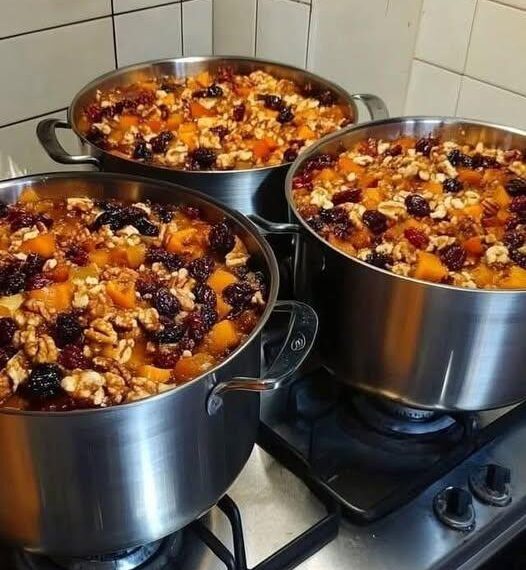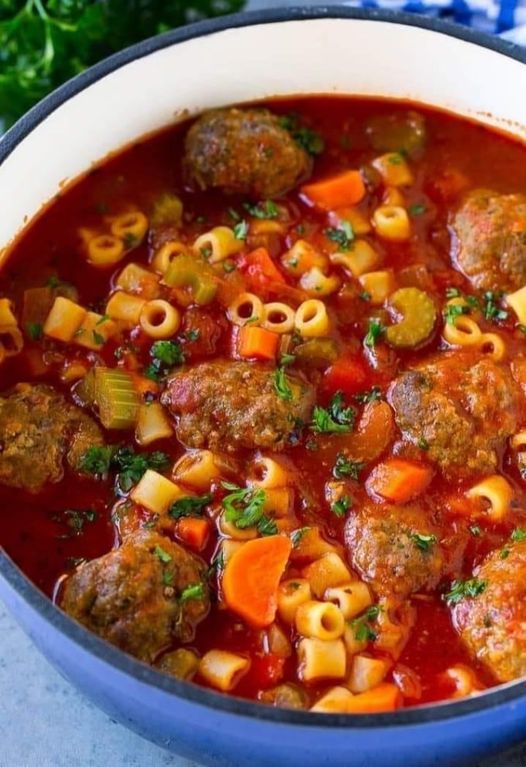There’s something magical about traditional family recipes—the kind that carry generations of history in every bite. Capirotada, a beloved Mexican bread pudding, is one of those treasured dishes. Sweet, spiced, and layered with textures, it’s a classic dessert deeply rooted in Mexican culture, especially enjoyed during Lent and Holy Week, though many families prepare it around Christmas or family gatherings too.
If you grew up with the comforting aroma of cinnamon and cloves wafting through your grandmother’s kitchen, this recipe will feel like coming home. And if you’re trying capirotada for the first time, welcome—this dish is full of love, warmth, and flavor.
🍞 What Is Capirotada?
Capirotada (pronounced kah-pee-ro-TAH-dah) is a Mexican bread pudding traditionally made with layers of toasted bread, a syrup infused with piloncillo (Mexican unrefined cane sugar), cinnamon, and cloves, along with raisins, peanuts, and even cheese.
While the idea of combining sweet syrup with cheese might seem unusual, the blend is what makes capirotada so unique. The flavors balance beautifully—salty and creamy cheese melts into the syrup-soaked bread, offset by chewy raisins and crunchy peanuts. Every spoonful is complex, nostalgic, and comforting.
✝️ A Dish with Spiritual Significance
Historically, capirotada has religious symbolism, especially during Lent:
- Bread represents the Body of Christ.
- Syrup (made from piloncillo) symbolizes His blood.
- Cloves represent the nails of the crucifixion.
- Cinnamon sticks symbolize the wooden cross.
- Cheese and other additions reflect the richness of faith and family.
Though capirotada recipes vary by region and family tradition, the symbolism remains, making it more than just a dessert—it’s a meaningful part of Mexican culinary heritage.
🛒 Ingredients You’ll Need
Here’s a list of ingredients for Grandma’s traditional capirotada, just like she used to make every year.
For the Syrup:
- 6 cups of water
- 3 piloncillo cones (can substitute with 1 ½ cups dark brown sugar if unavailable)
- 3 Mexican cinnamon sticks
- 3 whole cloves
For the Pudding:
- 12 slices of bolillo or French bread (about ⅓ inch thick—day-old bread works best)
- 1 cup raisins
- ½ cup roasted, salted peanuts (or unsalted if preferred)
- 2 cups shredded Monterey Jack cheese
Optional Add-ins (based on family traditions):
- Sliced bananas or apples
- Sweetened shredded coconut
- Pecans or walnuts
- A splash of rum or vanilla extract
🍯 Step-by-Step Instructions
Step 1: Make the Piloncillo Syrup
This syrup is the heart of the dish, full of warmth and spice.
- In a medium pot, combine the 6 cups of water, piloncillo, cinnamon sticks, and cloves.
- Bring to a boil over medium-high heat, stirring occasionally to help the piloncillo dissolve.
- Once the mixture boils, reduce the heat and let it simmer for 10–15 minutes, until it becomes a rich, slightly thickened syrup.
- Remove from heat and let it cool slightly. Strain out the cinnamon sticks and cloves if you prefer a smoother texture.
📝 Tip: If you’re using brown sugar instead of piloncillo, you can add a tablespoon of molasses to mimic the depth of flavor.
Step 2: Toast the Bread
Toasting the bread ensures it doesn’t turn mushy when layered with syrup.
- Preheat your oven to 350°F (175°C).
- Arrange the bread slices on a baking sheet in a single layer.
- Toast for 15–20 minutes, flipping halfway through, until both sides are golden and slightly crisp.
🥖 Tip: Day-old or slightly stale bread works best. You want structure that can hold up under the syrup.
Step 3: Prep the Baking Dish
Prepare a deep 9×9-inch baking dish or similar-sized casserole pan.
- Lightly spray with non-stick cooking spray or grease with butter.
- This dish is going to be layered, so make sure your baking dish is deep enough to handle at least 2–3 layers of ingredients.
Step 4: Assemble the Layers
Now comes the fun part—layering!
- Start by placing a layer of toasted bread at the bottom of the dish.
- Sprinkle some raisins, peanuts, and shredded cheese over the bread.
- Ladle a generous amount of the warm syrup over this layer, making sure the bread is well-soaked.
- Repeat the process: bread, toppings, syrup—until all ingredients are used. The final layer should be cheese for a melty, golden finish.
💡 Optional: Press down gently with a spatula to help the syrup soak through all the layers evenly.
Step 5: Bake the Capirotada
- Cover the baking dish loosely with foil and bake at 350°F (175°C) for 25 minutes.
- Remove the foil and bake an additional 10–15 minutes to let the top brown slightly and the cheese melt completely.
Step 6: Let It Rest and Serve
Once out of the oven, allow the capirotada to cool slightly before serving. It can be enjoyed warm, room temperature, or even chilled—whatever your preference.
🥄 Some families serve it with a dollop of whipped cream or a drizzle of sweetened condensed milk for extra indulgence.
🧀 Why Cheese in a Sweet Dessert?
If you’re unfamiliar with capirotada, the inclusion of Monterey Jack cheese might surprise you. But the combination works—it adds a mild saltiness and creaminess that contrasts beautifully with the sweetness of the syrup and the chewiness of the raisins.
Other traditional cheeses that work include queso fresco, mild cheddar, or Mexican Manchego. Some modern versions even use mozzarella!
💬 Grandma’s Tips for the Best Capirotada
Next page





